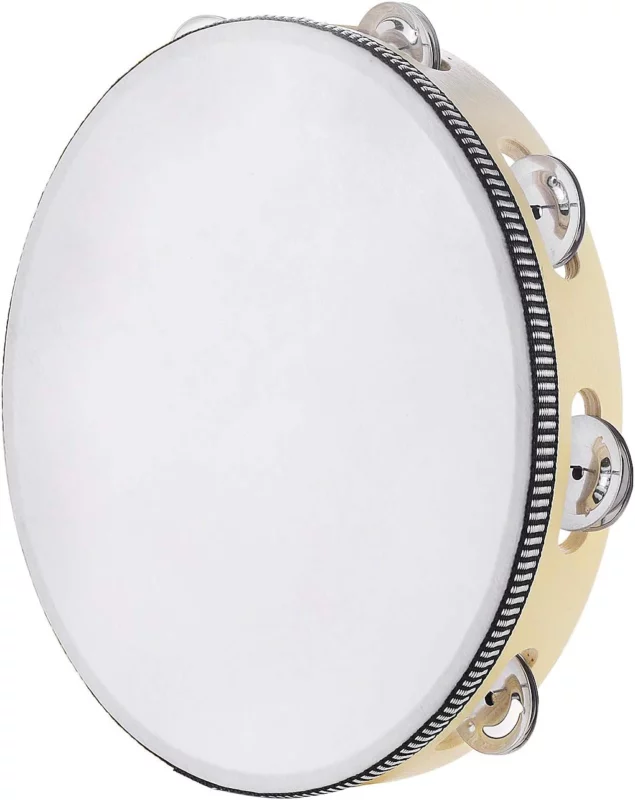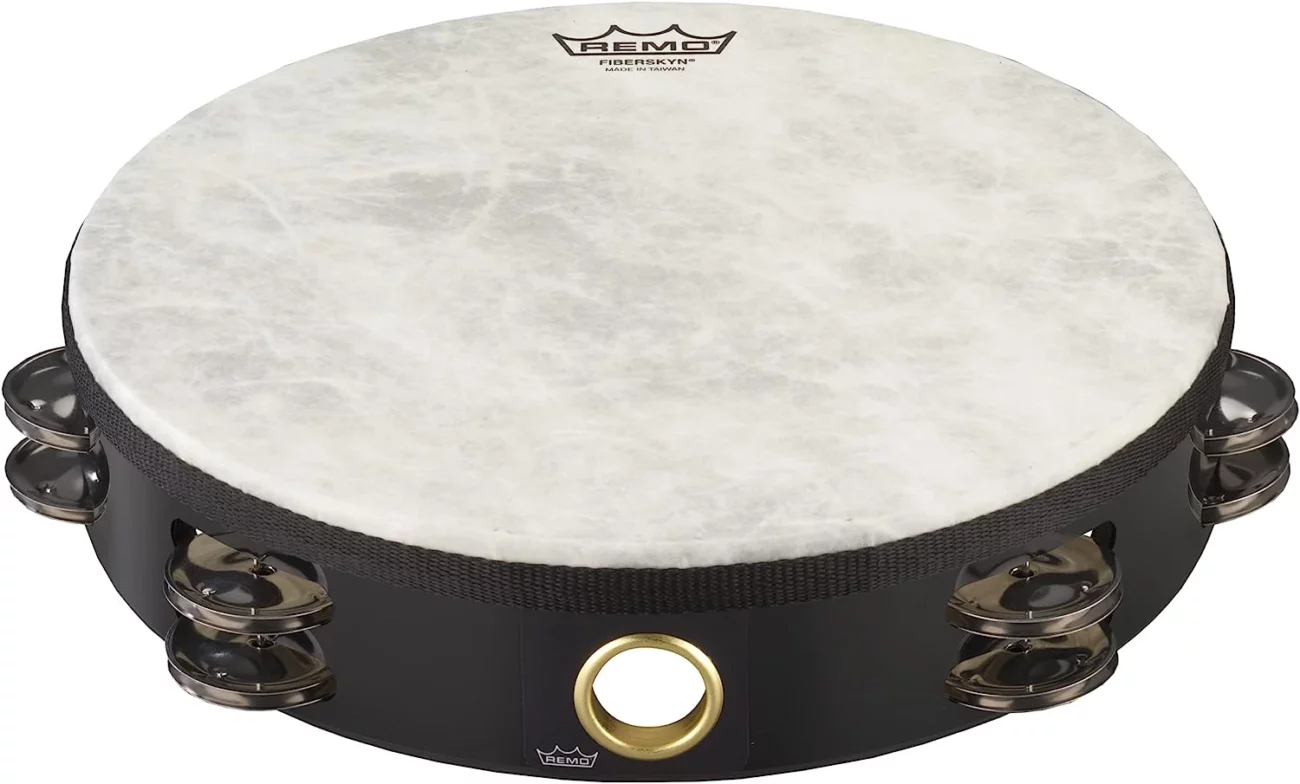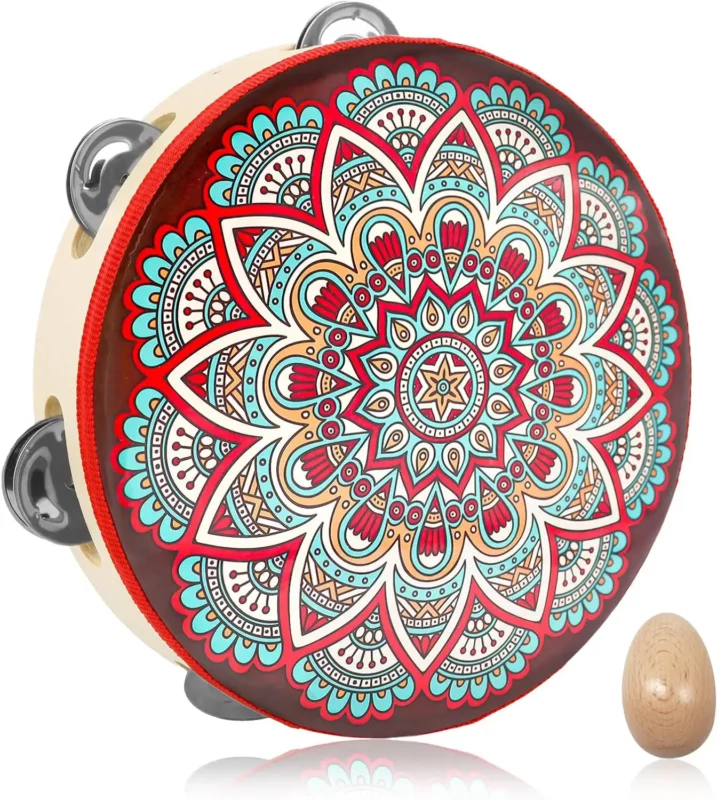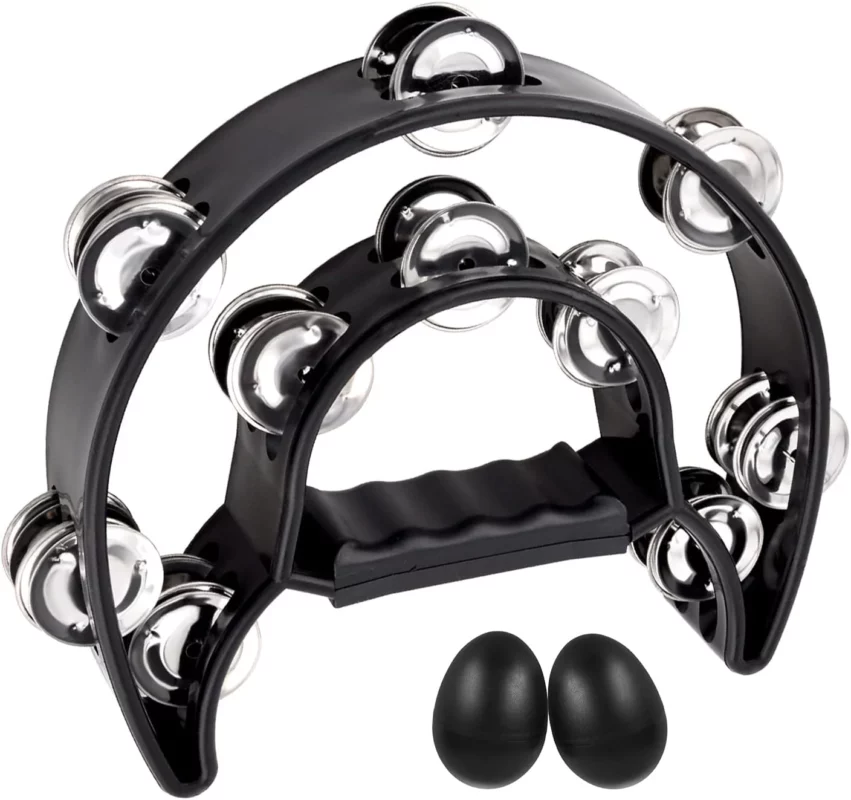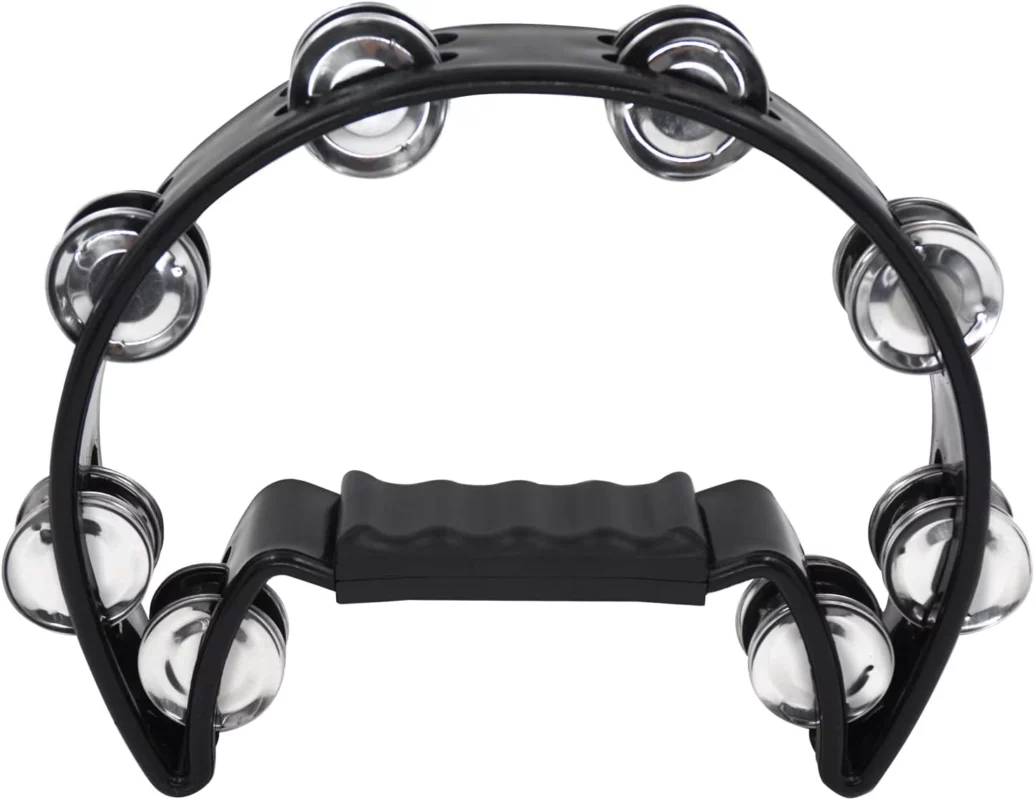Tambourine Buying Guide
Welcome to my Tambourine buying guide.
The tambourine, a timeless instrument with roots stretching back through centuries, offers a unique blend of rhythm and melody to any musical composition or performance.
Whether you're a professional musician, a classroom teacher, or someone looking to add a bit of rhythm to your next gathering, selecting the right tambourine is essential for achieving the sound and experience you're aiming for.
This guide delves into everything you need to know about tambourines, ensuring you make an informed decision that resonates with your musical aspirations.
Understanding Tambourine Types and Materials
Types of Tambourines
Tambourines come in a myriad of styles, each suited to different musical genres and playing techniques:
- Handheld Tambourines: Ideal for dynamic playing, these offer versatility in sound production, suitable for live performances.
- Mounted Tambourines: Perfect for drum kit setups or as part of a percussion ensemble, providing a steady rhythm without the need for direct handling.
- Tunable vs. Non-Tunable Tambourines: Tunable models allow you to adjust the tension of the head for various tones, while non-tunable ones offer consistency and ease of use.
Materials and Their Impact on Sound
- Heads: Synthetic heads offer durability and resistance to weather changes, whereas natural skin heads provide warmer, more traditional tones.
- Shells: Wood shells produce deep, rich sounds, while plastic or metal shells are preferred for their durability and brighter, more cutting tones.
- Jingles: The material (bronze, brass, steel, or copper) and the number of jingles significantly influence the tambourine's timbre and volume.
Choosing the Right Size and Shape
Tambourines range from compact, high-pitched models to larger, deeper-toned ones.
The size affects not only the sound but also the playability, especially for younger players or those with smaller hands.
Consider the ergonomics of the shape as well—some tambourines feature curved edges for comfortable grip during extended use.
Additional Features to Consider
Grip and Comfort
Ergonomic handles or grips can significantly enhance playability and reduce fatigue during performances. Look for models with padded grips or those designed to fit naturally in the hand.
Jingle Configuration
The arrangement and number of jingles can vary, influencing the volume and tone complexity. More jingles typically result in a richer, more vibrant sound.
Accessories and Customization Options
Some tambourines come with cases or mounts, while others offer interchangeable jingles for customized sound. Consider what accessories or options might enhance your tambourine experience.
Exploring Tambourine Playing Techniques
To fully utilize the potential of your tambourine, understanding various playing techniques is crucial. Here's a brief overview of methods that can enhance your performance and bring diversity to your sound.
Holding and Striking Techniques
- Traditional Grip: Hold the tambourine in one hand and strike the frame with the other hand's palm or fingers for basic rhythms.
- Thumb Roll: Wet your thumb slightly and roll it along the edge of the jingles to produce a sustained, shimmering sound.
- Shake Roll: A rapid, controlled shaking motion that creates a sustained, rolling sound, perfect for building intensity.
Advanced Techniques
- Knee Tap: Tapping the tambourine against your knee or hip allows for a softer sound and hands-free playing during complex performances.
- Finger Snaps: Snap your fingers on the head of the tambourine for a unique, subtle effect that adds texture to your music.
Incorporating these techniques can significantly broaden your musical expression, allowing for more dynamic and engaging performances.
3 Roles of Tambourines in Different Musical Genres
Tambourines are not confined to a single musical tradition; they play a versatile role across numerous genres, each bringing out different facets of the instrument's character.
1. Folk and World Music
In folk traditions around the globe, the tambourine serves as a rhythmic backbone, often carrying the tempo with its jingles and head strikes. Its earthy, resonant tones complement acoustic instruments beautifully.
2. Rock and Pop
From the subtle jingle in a soft ballad to the driving force in a rock anthem, tambourines add brightness and energy to modern music. They're often used to accentuate choruses or bring a song to its climactic finale.
3. Classical and Orchestral Music
In classical settings, tambourines contribute to the color and texture of the music, providing emphasis and rhythmical complexity to compositions. Their use requires precision and subtlety, showcasing the instrument's dynamic range.
Selecting Tambourines for Educational Purposes
Educators seeking to introduce percussion instruments into their curriculum will find tambourines an excellent choice due to their accessibility and the instant rhythmic gratification they provide. Here are a few considerations for choosing tambourines for educational settings:
Durability and Safety
Opt for tambourines with robust construction and safe materials, especially for younger students. Synthetic heads and rounded edges can prevent wear and injury.
Ease of Play
Choose tambourines that are easy to hold and play, particularly for smaller hands. Lightweight models with comfortable grips ensure that students can focus on learning rhythm and coordination without strain.
Sound Diversity
Incorporating tambourines of various sizes and materials can enrich the learning experience, allowing students to explore different sounds and techniques. This diversity encourages creativity and helps students find their own musical voices.
By integrating tambourines into music education, teachers can foster a love for rhythm and ensemble playing, laying a foundation for lifelong musical exploration and enjoyment.
Care and Maintenance Tips
Proper care can extend the life of your tambourine.
Avoid extreme temperatures and humidity levels, clean the instrument regularly with a soft, dry cloth, and consider using a specialized cleaner for the head and jingles if necessary.
For tunable models, check the tension regularly to ensure optimal sound quality.
My Top 5 Tambourine Picks
Conclusion: Finding Your Perfect Tambourine
Selecting the right tambourine is a personal journey, one that should be informed by your musical style, preferences, and the context in which you'll be playing.
By considering the types, materials, sizes, and additional features discussed in this guide, you're well on your way to finding an instrument that will bring joy and rhythm to your music for years to come.
Remember, the best tambourine for you is one that feels right in your hands and resonates with your musical soul. Happy playing!

